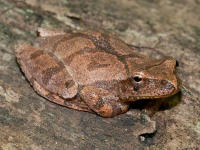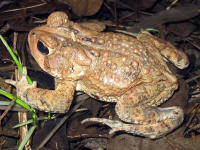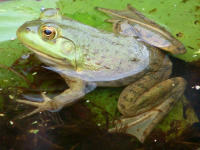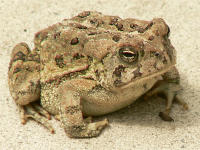 |
| September 14, 2018 |
Half a dozen Bidens chrysanthemoides in river, not long.
Picked eleven of those great potato worms, caterpillars of the sphinx moth, off our privet.
The Glyceria obtusa, about eighteen inches high, quite common, in the meadow west of Brooks Clark’s, has turned a dull purple, probably on account of frosts.
H. D. Thoreau, Journal, September 14, 1858
Bidens chrysanthemoides in river. See September 7, 1857 ("Bidens chrysanthemoides there [Spencer Brook,]; how long?"); September 12, 1859 ("The four kinds of bidens (frondosa, connata, cernua, and chrysanthemoides) abound now, but much of the Beckii was drowned by the rise of the river. Omitting this, . . . the third and fourth are conspicuous and interesting, expressing by their brilliant yellow the ripeness of the low grounds." September 13, 1852 (" The great bidens in the sun in brooks affects me as the rose of the fall. They are low suns in the brook. The golden glow of autumn concentrated, more golden than the sun. How surely this yellow comes out along the brooks in autumn. It yellows along the brook."); September 13, 1859 ("The Bidens chrysanthemoides, now apparently in its prime by the river, now almost dazzles you with its great sunny disk. I feast my eyes on it annually. [Iin this is seen the concentrated heat of autumn."); September 14, 1854 ("The great bidens, the flower and ornament of the riversides at present, and now in its glory, especially at I. Rice’s shore, where there are dense beds. It is a splendid yellow — Channing says a lemon yellow — and looks larger than it is (two inches in diameter, more or less). Full of the sun. It needs a name") ;September 18, 1856 ("On account of freshet I have seen no Bidens Beckii nor chrysanthemoides")















